Using Fresh Manure as Fertilizer Part 2
Horse manure is the perfect fertilizer for most gardens. That's why I decided to make an article series about the pros, cons and practicalities of using it. This part of the series is about how to use fresh manure as fertilizer!
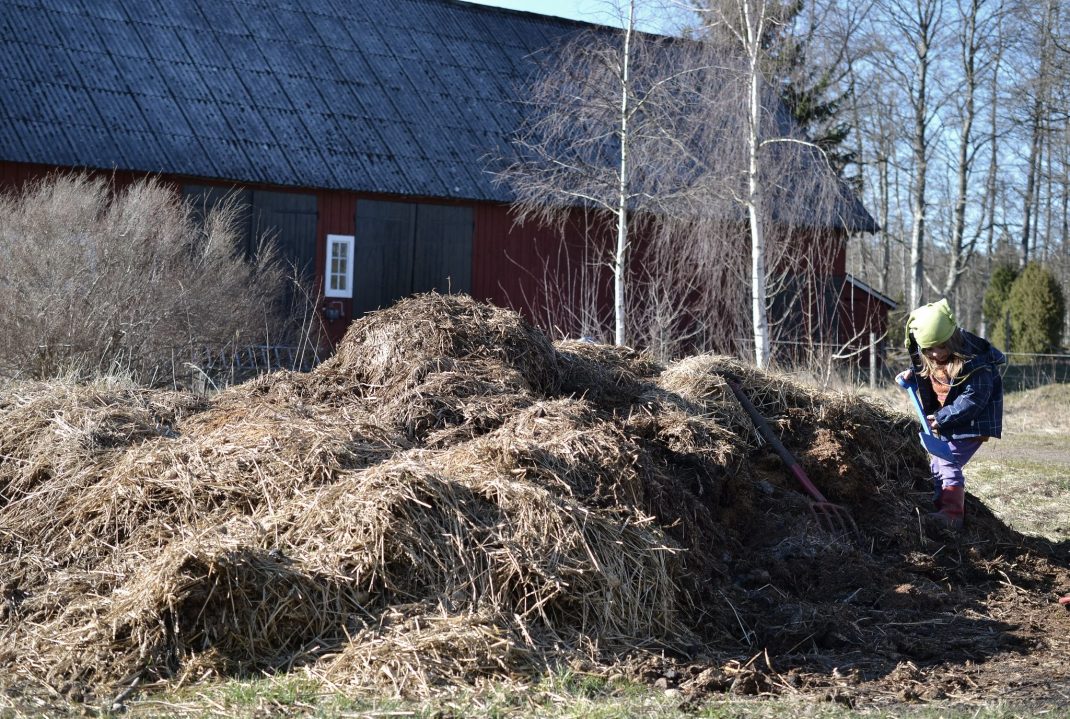
I'm using fresh manure as fertilizer this year. Look at this huge pile!
I decided to do something a bit new here in the garden. I'm using fresh manure as fertilizer! Previously, I basically only used different kinds of green manure together with bokashi compost and diluted urine. Of course, I also love mulching. Something I've been working a lot with in my garden. In the end, it's all about creating balance and a good environment for the microbes in the soil.
This winter has presented me with plenty of opportunities to get manure for my garden. And since my everyday life isn't completely dominated by wild toddlers at the moment, it's been a lot easier to say yes. So, this surprisingly became my time to start using fresh horse manure as fertilizer here at home. I'm looking forward to seeing how it turns out!
I've been getting plenty of bags from local horse owners but was completely euphoric when a woman in the village got me an entire large container (4 tonnes) for my garden! Check out the vlog below to see what it looked like:
Fresh Manure as Fertilizer
The manure I'm using for my garden is fresh, so it hasn't been composted at all. It's full of clumps, old straw, hay and woodchips that was used as bedding for the horses. It's more common to use composted manure in the garden (also called burned manure), but you can definitely use it fresh too. Read the first part of this series about using manure as fertilizer here:
Read more: How to use horse manure as fertilizer
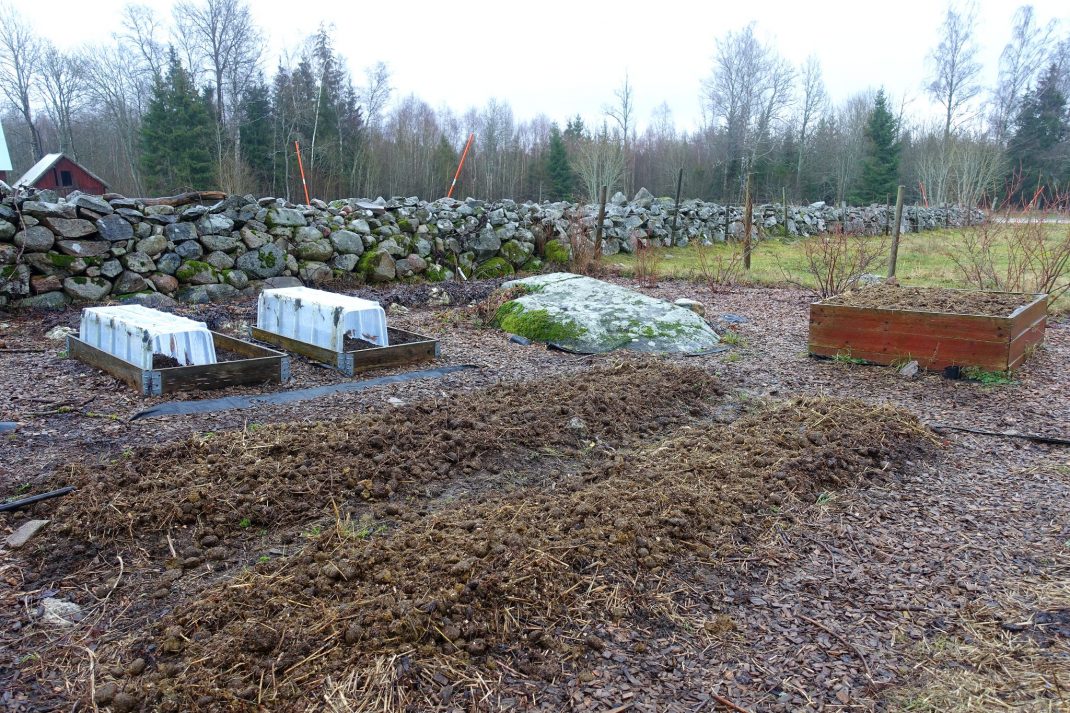
I put fresh horse manure (mostly without straw or woodchips), right on top of my already mulched beds. Then, I just added a layer of old hay on the manure.
Using fresh horse manure can be a bit more challenging though. I know that it should be pretty straightforward. We're talking about manure after all! But fresh manure can actually be less effective than the composted one. I have several friends who tried using fresh manure with disappointing results.
Fresh manure is often mixed with straw, woodchips or similar. These types of materials are very rich in carbon, but not nitrogen. The material needs nitrogen to decompose properly, and can even start drawing it from the surroundings to complete the process. This means that you basically don't gain anything from using fresh manure as fertilizer. Composted manure that is then added to the soil is in comparison a very mild and nutrient-rich fertilizer.
More about fertilizing: Fertilize with leaves and bokashi
If you're new to using fresh manure as fertilizer, you need to remember these key points:
Energy thief
Fresh manure mixed with straw, peat, hay or woodchips is going to start drawing energy from the soil while it's decomposing. These materials are like I previously mentioned rich in carbon, which needs to be balanced out with nitrogen when we do the composting.
Add nitrogen
If you decided to use fresh manure as fertilizer, then you need to add some extra nitrogen. You can for example use liquid fertilizer or mulch your beds with grass clippings. Fresh manure with woodchips needs even more support than manure with straw. So, make sure use some extra fertilizer to avoid unbalanced levels in the soil.
Watering
The microbes in the ground and the manure make sure that the decomposition process goes according to plan. Dry material won't be composted though, and can just lay around for years without turning into soil. It's a lot easier with damp material. This is a good environment for microbes and earthworms that can start turning the material into soil. That's why you need stay on top of the watering if you plan on using fresh manure as fertilizer. Make sure to cover the manure with some type of mulch to keep the pile damp too.
Some people manage to get ahold of fresh manure that's more or less free from straw and other similar materials. If that is the case, you can of course start using fresh manure as fertilizer without any extra work.
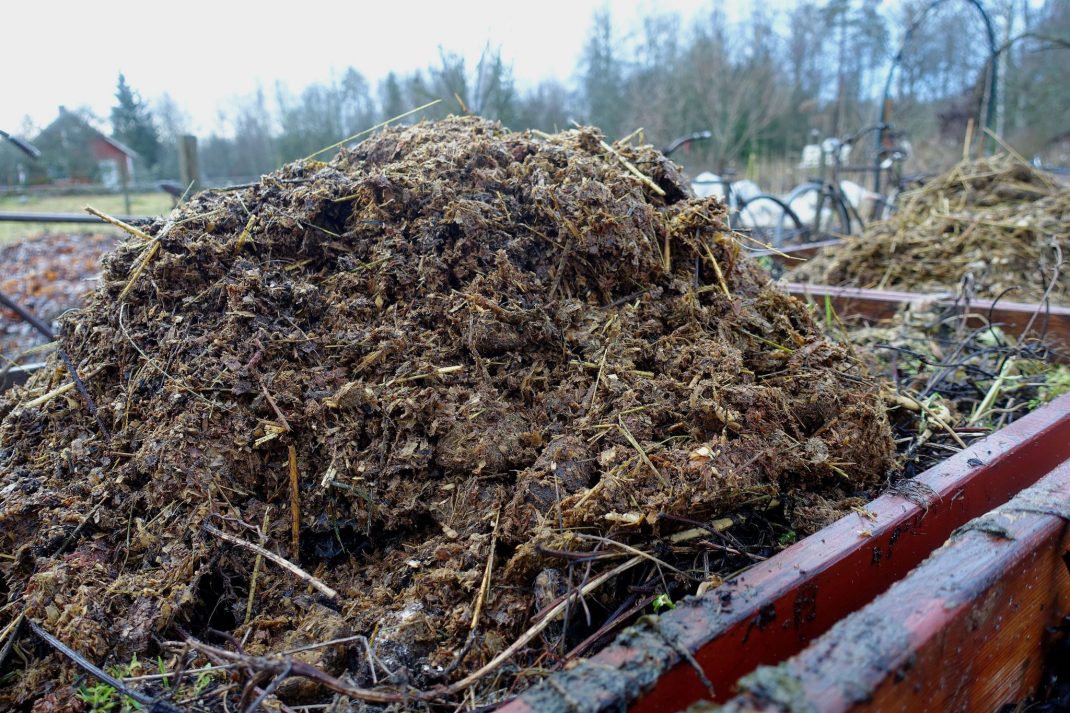
I also decided to use the fresh manure (with little straw or woodchips) as fertilizer on top of my mulched raised beds, and covered the area with hay and straw.
Using Fresh Manure
I just had to share some pictures of my huge manure pile on social media and subsequently got a lot of questions about how I'm going to use it all. It seems like my plan worked! Half of the pile is already gone and now I'm thinking about how I should distribute the rest.
This is what I decided:
Mulch
I used most of it as mulch on top of my beds. It's so easy to do! I simply load a wheelbarrow, put the manure on the bed and flatten the surface. The best part about using fresh manure like this is that the mulch becomes so nice and airy with plenty of hay/straw in the mix. I don't have to bury it either and can put it straight on the ground. Of course, I need to remove the weeds on top before I add the fresh manure. I'm just going to fertilize the weeds if I don't. After that, it's time to add the last layer on top of the manure. Just like any other type of mulching. Fresh grass clippings, wool, plant parts from the garden, silage or similar is perfect.
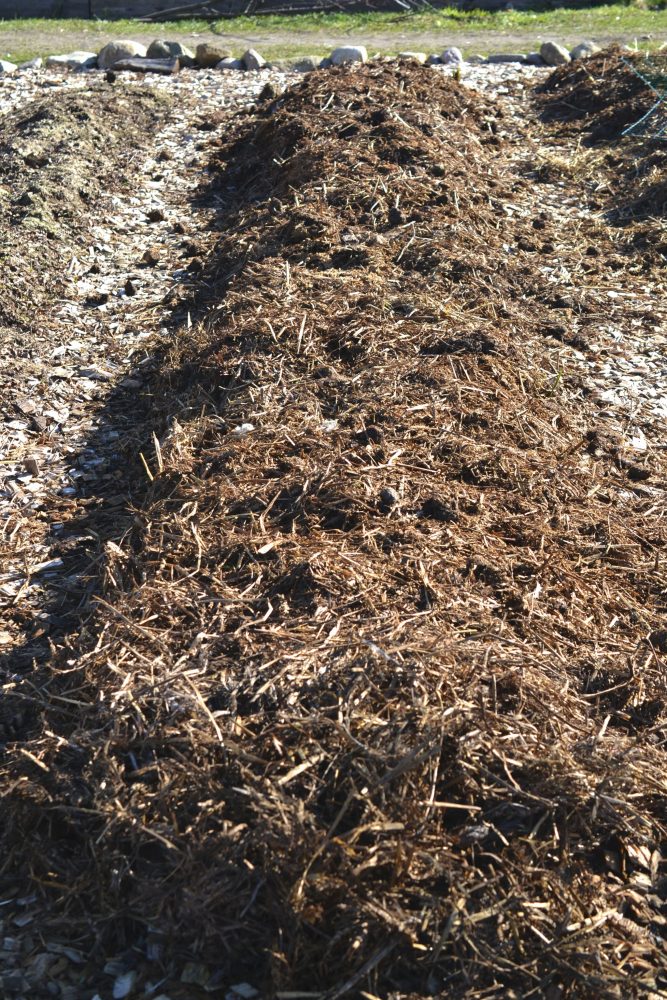
You can basically use fresh manure as fertilizer wherever you want to. Here we have a thick layer of manure that I'm going to cover with wool or grass clippings later.
New Beds
If you don't want to use fresh manure as fertilizer, you can always use it to build new beds! I have plenty of articles about creating new growing areas here on the blog. Fresh manure can like I said turn out to be less nutrient-rich than we might think. That's why I need to add some other materials to my beds to get the right balance. Grass clippings is probably my favorite material to use this way.
Watch the video below to see how I created a new bed in my cottage garden. You can do the same with fresh manure:
Composting
I decided to take any leftover fresh manure to the compost pile and let it turn into new soil. This time, I plan on adding a bit more structure to my composting process. For example by using less material at once and also create a little system for it rather than just letting it pile up on the ground. Weeds might start to take hold, which makes it a lot harder to use the fresh manure as fertilizer.
So, I'm just adding a little fresh manure to my composting system and also use it as mulch.
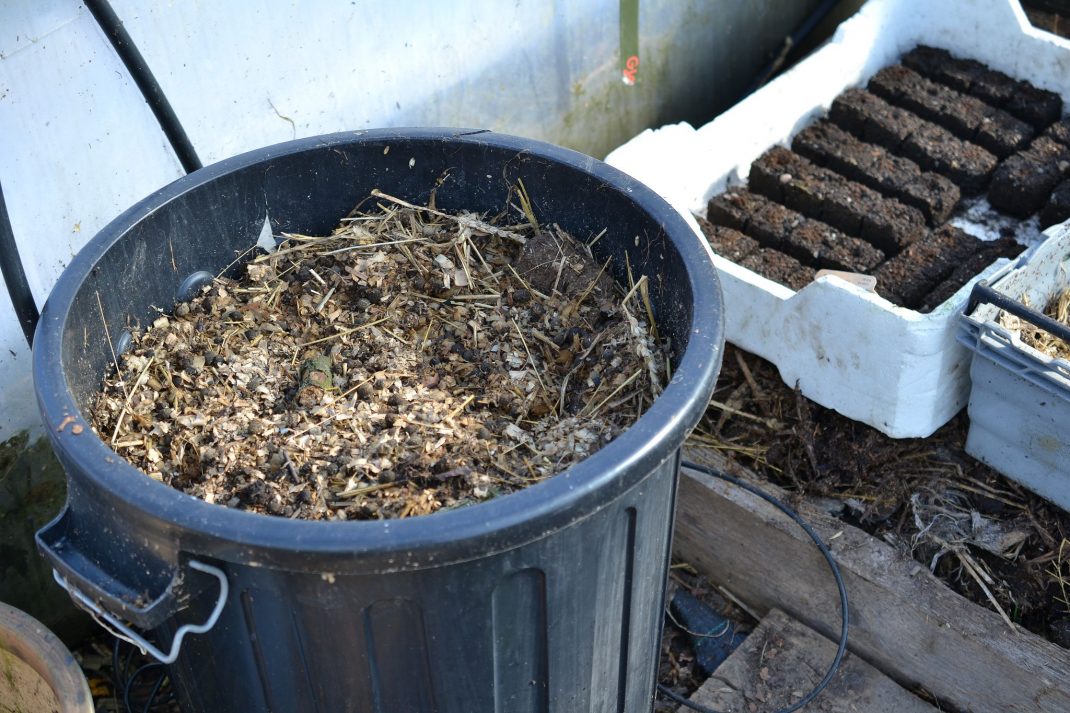
Here we have a barrel filled with future compost in my polytunnel. I'm alternating layers of bokashi compost, worm compost and fresh manure here. Hopefully, I'm going to have lovely nutrient-rich soil to grow melons later.
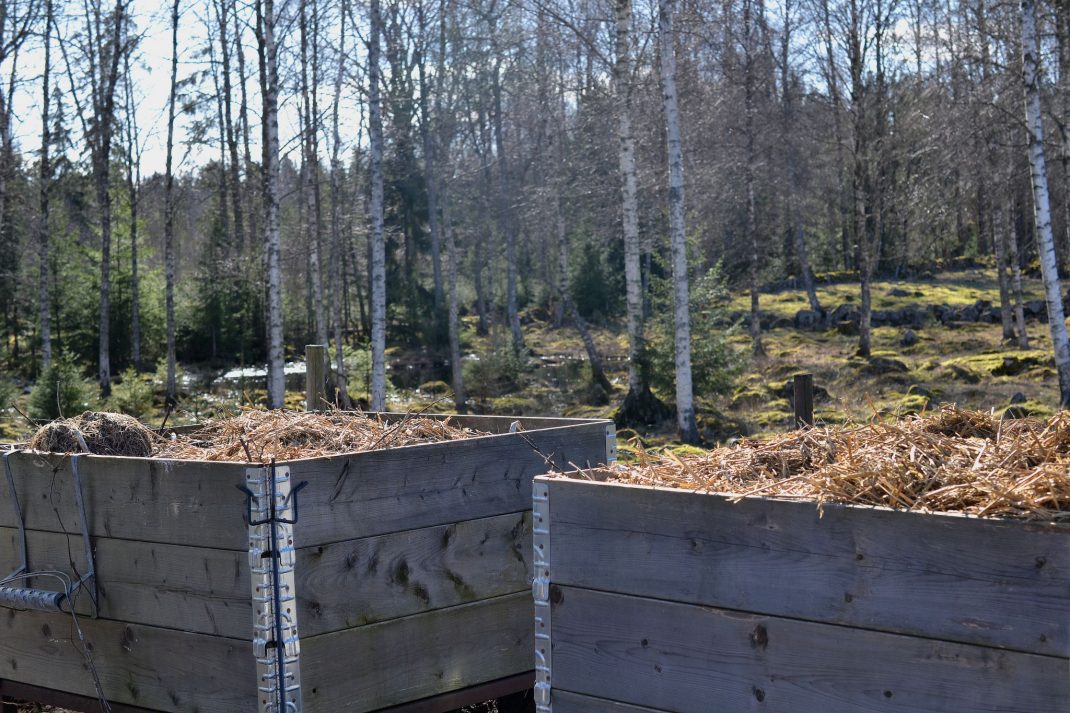
I'm adding plenty of horse manure to these compost containers and put even more material on top when it starts to decompose and sink. There are plenty of earthworms here that turn the material into soil in no-time. The finished soil falls down on the ground at the bottom of the containers.
How Much Fresh Manure?
I don't really weigh and measure many materials I use here in the garden. That goes for everything from fresh manure to mulch, compost or liquid fertilizer. My idea is to simply find a balance and just fertilize where and when I can. The mix of different methods has so far proven to be effective though. I recently did a soil analysis in the kitchen garden and the results were great! The long-term and short-term nutrient deposits were apparently excellent. Using so much mulch also contributed to a healthy amount of humus in the soil. You can read more about the soil analysis I did below!
The soil generally benefits a lot from adding mulch right on top of the growing area and the microbes adapt to the amount of material available. When I want to use fresh manure as fertilizer, I usually just observe the plants and try to figure out what other types of materials they might need.
Read more: Soil analysis Part 1
If you don't want to use fresh manure as fertilizer and feel more inclined to use composted manure, then you can go all in without hesitation. You can find plenty of information about how much fertilizer all kinds of vegetables want and need. My advice is to not get too obsessed with it though. Just try to remember which vegetables need a lot of fertilizer, and just give the rest a moderate amount. In other words, you should go all in on leek, celery root, corn, gourds and cabbage. Be more careful about fertilizing your parsnip, potatoes and beans for example.
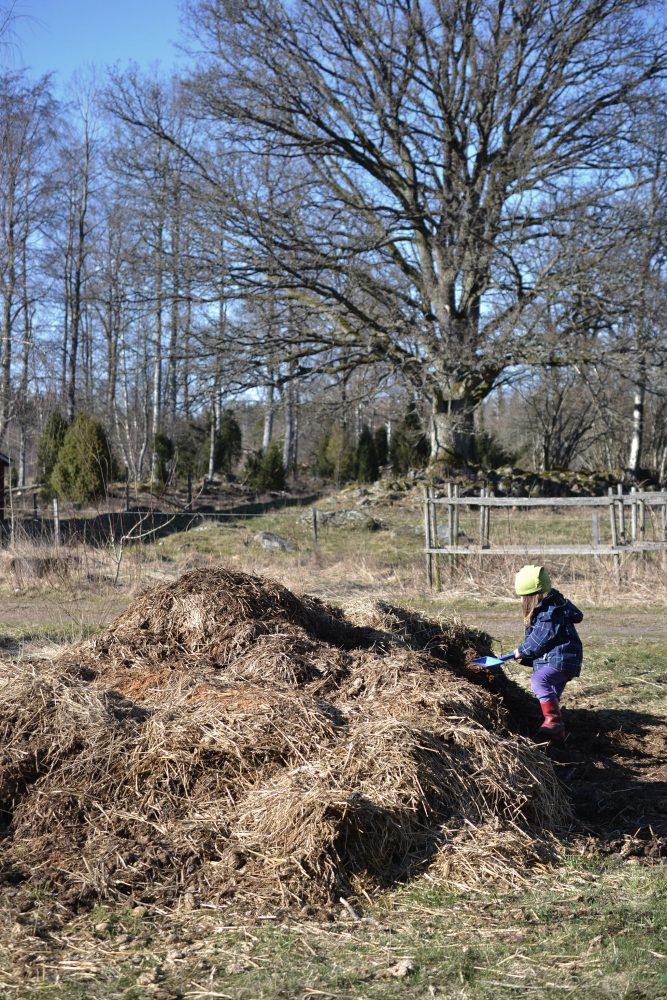
Loa and I work on the pile together from time to time. Hard work at first, with what seemed to be an almost infinite pile. But now we're getting somewhere!
Tough but Fun!
Fresh manure is a lot heavier than the material I'm used to working with! It takes some strength to haul wet manure here and there in the garden. I personally think it's easier to deal with plant parts, but I'm also excited to give the soil something new. I think it's going to turn out great! It feels wonderful to add a nice foundation to my mulch layer too. Hopefully, it's going to make the process even easier in the future.
Read more: Green alternatives to manure
So, I definitely think you should start using fresh manure as fertilizer if you get the chance! Just remember that there are plenty of other materials that you can use to add nutients to your soil.
This is the second part of my series about using manure as fertilizer. The next article in the series is going to be about whether or not the herbicide aminopyralid can appear in the horse manure. Should we be worried?
/Sara Bäckmo
05. January 2021
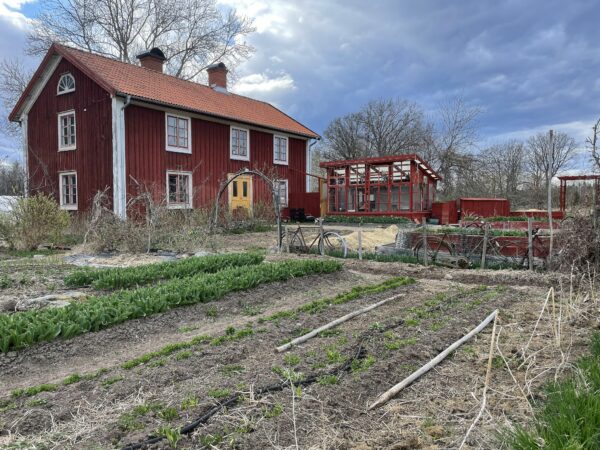
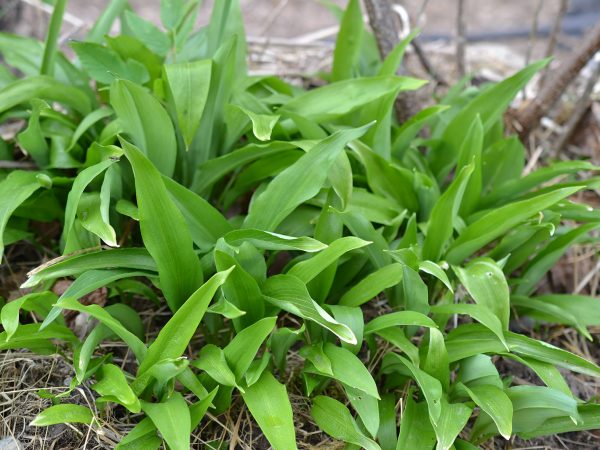
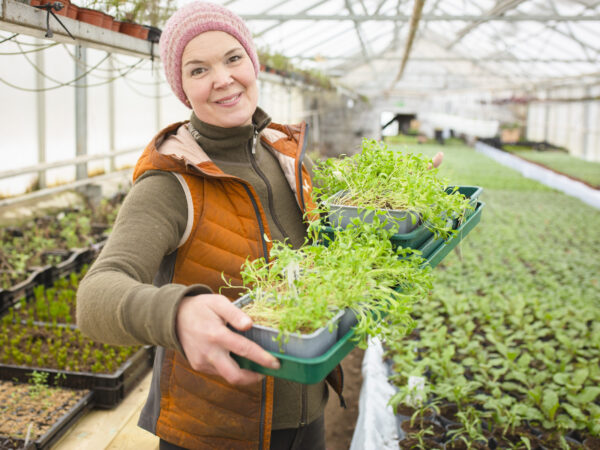
Hi Sara, I really like Your work. You are very inspiring and Your videos are great. I recently started making my own bokashi and I also have fresh horse manure with straw and urine in it. I'm wondering if adding bokashi to my manure will speed up the composting process? Now it's January and we have a lot od snow, but as soon as it will melt I want to make new beds in my garden. I am new on gardening so right now i don't have grass clippings and I am looking for substitute. In March I would like to start planting in my new beds. I wish You big wegetables and fruits.
Hi Kasia,
Actually, your compost will do just fine without the bokashi bran. Bokashi products cost some money and I myself don't spend that on the ordinary compost. It will not speed up the process. If you ad bokashi bran it will though spread the micro organisms, and that's good of course. But no, leave it to the bokashi compost.
You failed to mention that spreading manure in warm weather can upset the neighbours! I live downwind of a horse field and the owner of the three horses had to be asked to consider others.
Oh dear! 😊